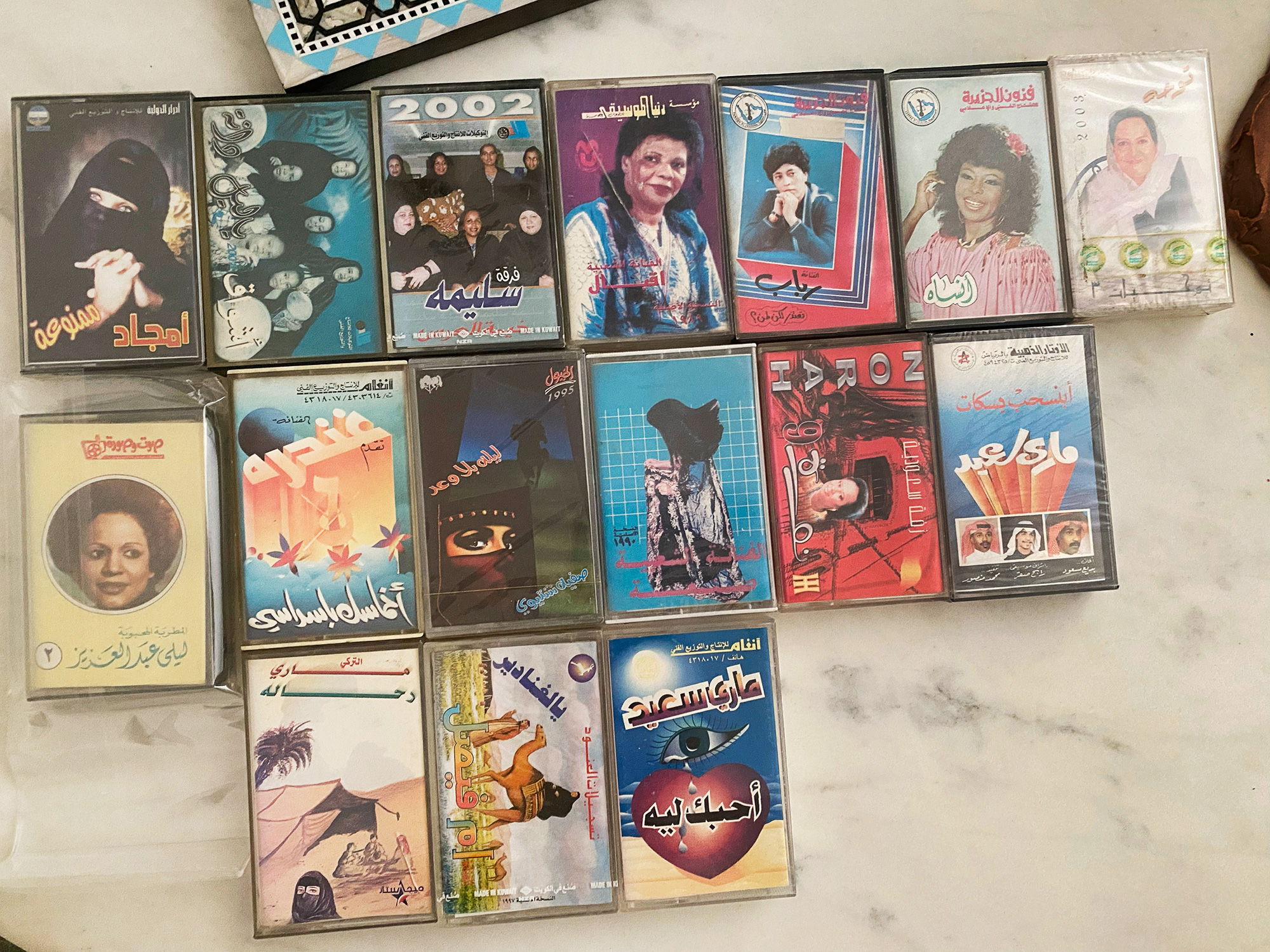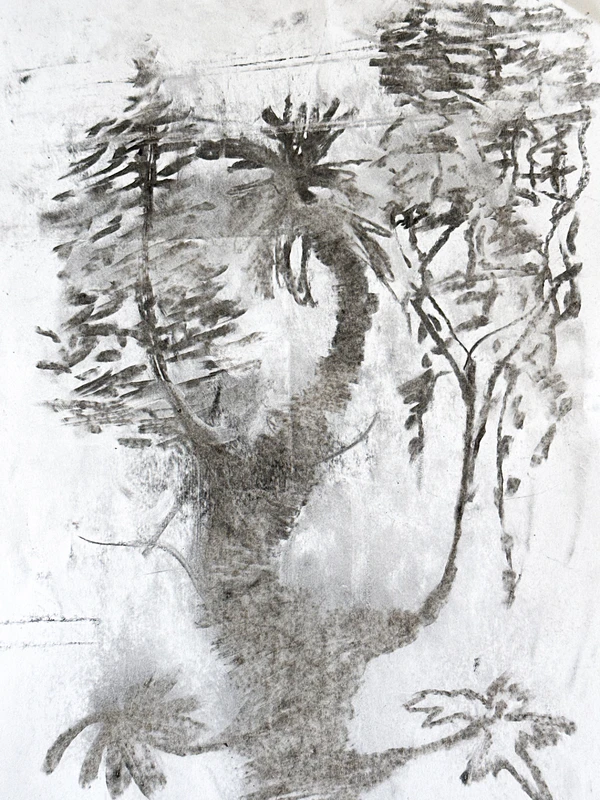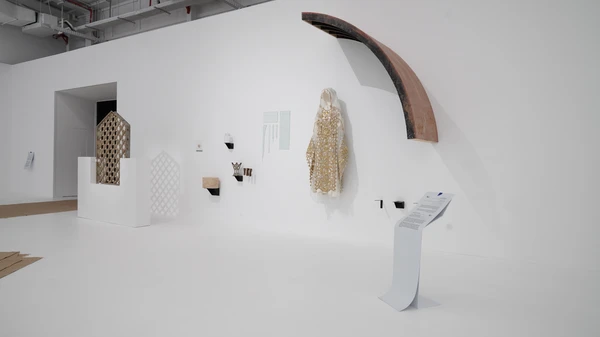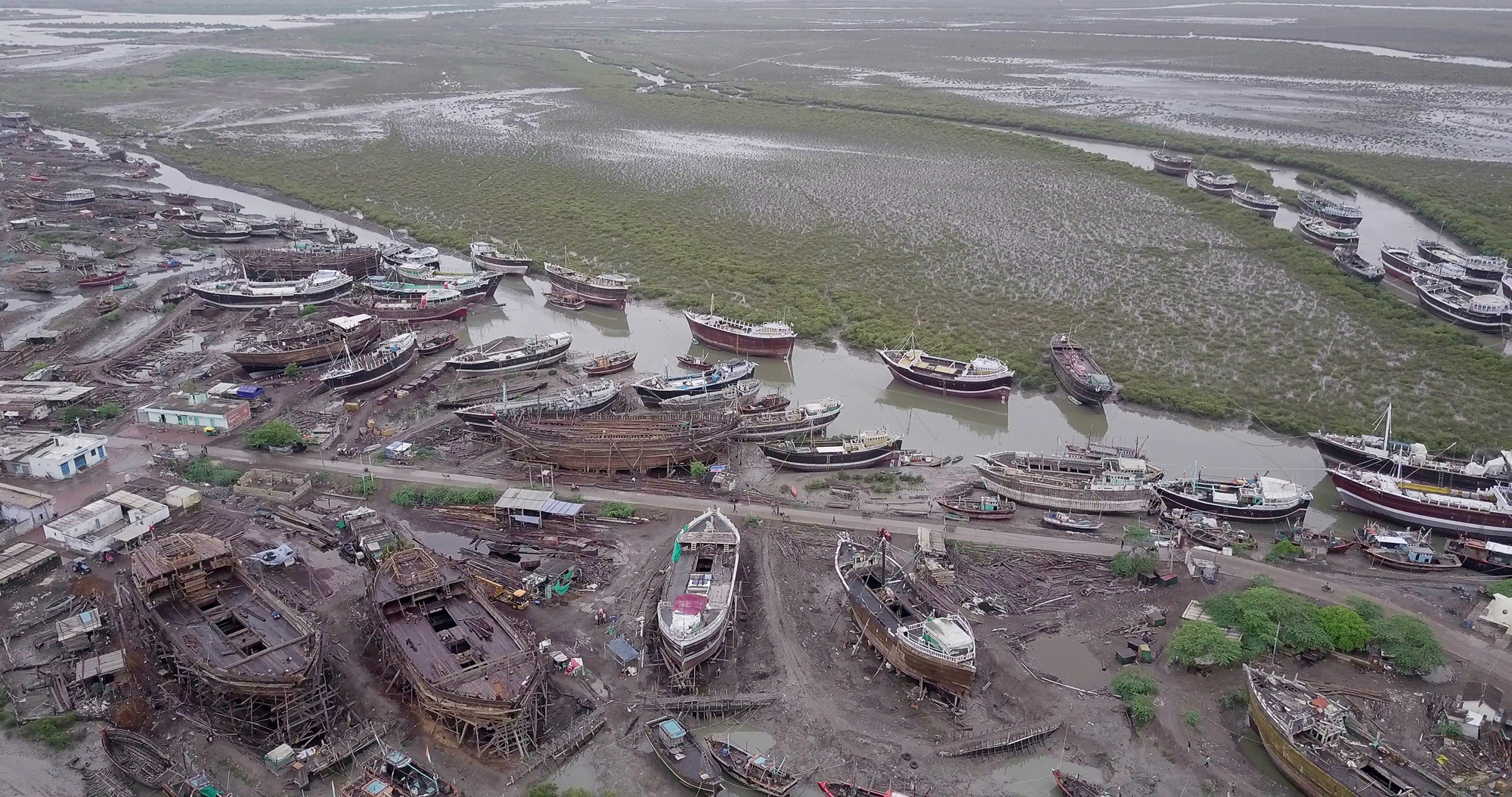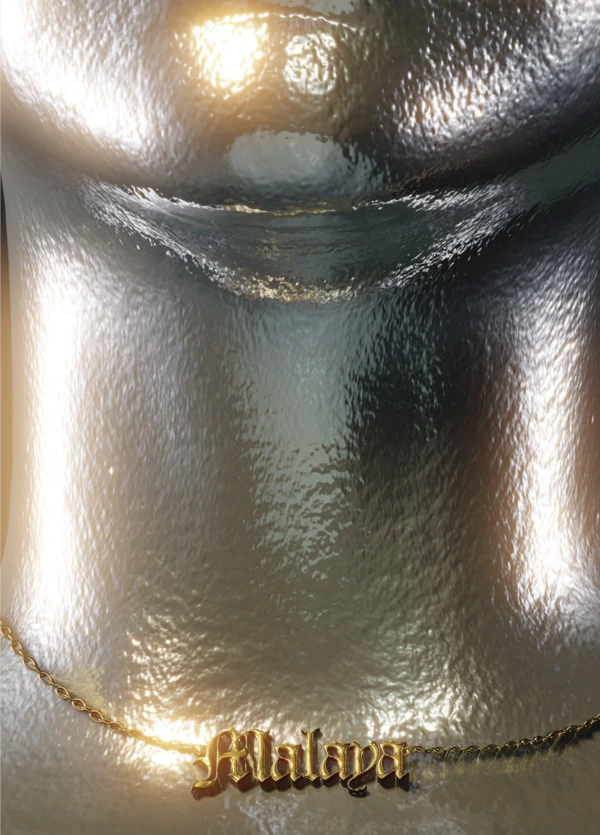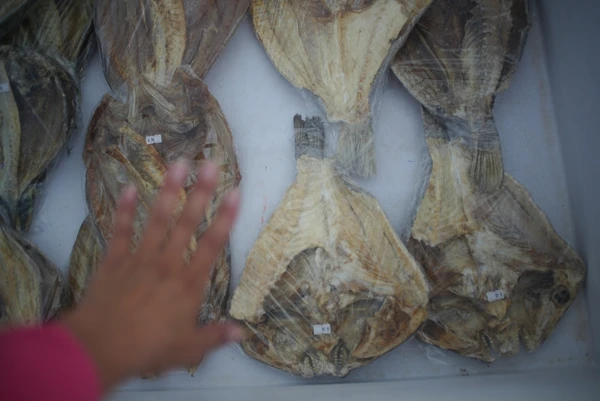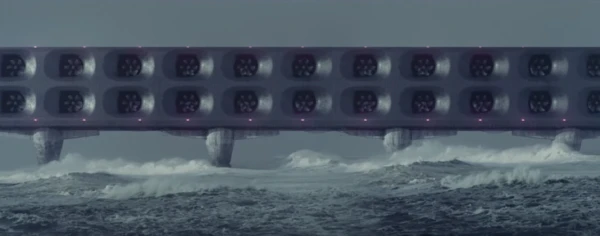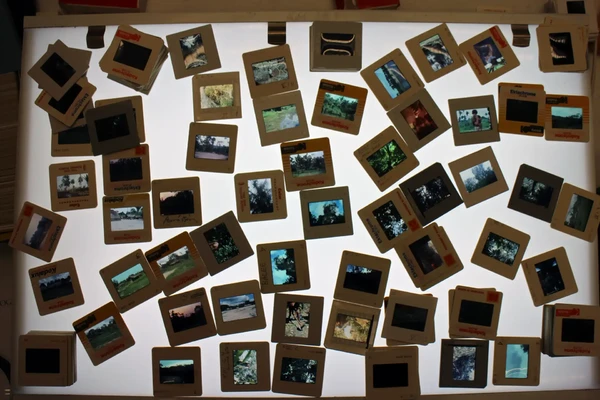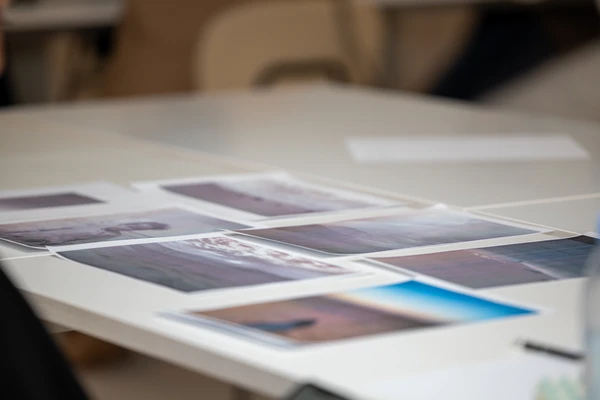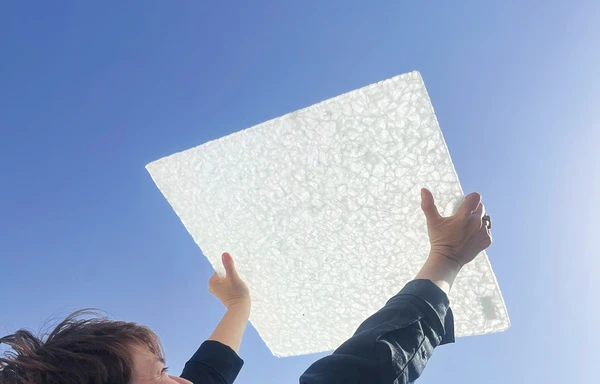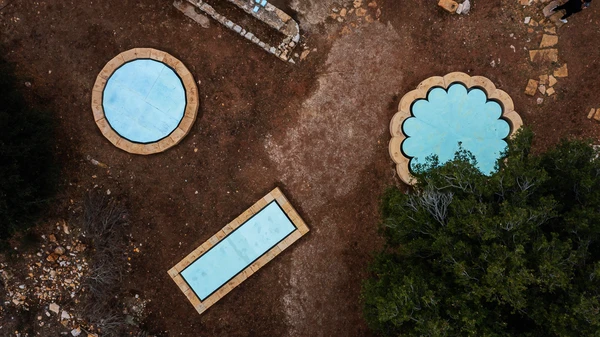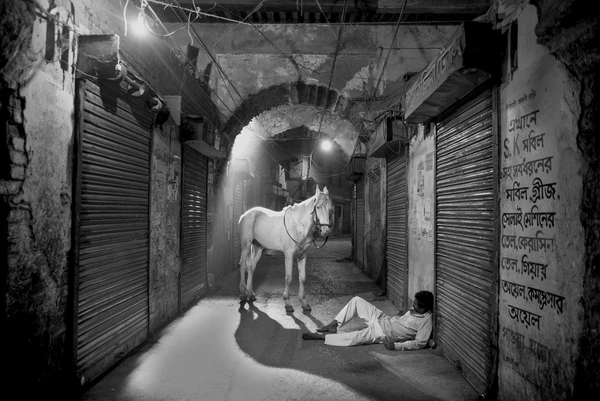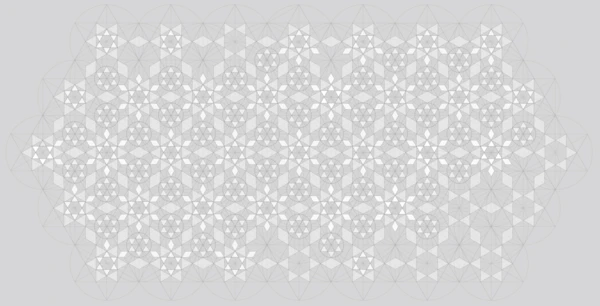From Geology to Glass
Anne Holtrop

The presented research here focuses on the transitions from geology to glass, to glass waste and new glass production.
For the Diriyah Contemporary Art Biennale we asked ourselves two main questions related to the biennale’s site and its context: how can we introduce a building material that deals with the opportunities of Saudi’s bare mineral presence within the landscape? And how added transitions of glass matter can stimulate innovations for glass production?
When we build, we always relate to multiple sites, the site on which we construct our building and the sites where we source our materials from. Our mines, excavations and quarries are the source for building. In order to build, we mine. Therefore, we work simultaneously on at least two sites: the site of the sourcing of our raw material and the site of construction. All places in between, where the material is worked on and transformed, can be considered as sites as well.
Every site itself can be understood as an endless reservoir of matter. Wherever you are, you are standing on an enormous amount of material. Right under your feet there is all this material, and this material is from a geological understanding not stable. It is in fact moving and ever-changing, a completely unstable ground.
The material sourcing and displacement in industrial quantities in our current age has lost the link to the sites of extraction and our understanding on how matter is transformed. The idea behind forming matter to matter is to introduce traces in materiality that allows an understanding of process, the passage in which material travels and is altered between sites. Traces of geological formation, traces in ways of sourcing, traces in altering matter, traces of transitions in states of matter, traces of displacement.
The material samples here, and the outdoor glass wall, are made of a 100% fused reused glass. Saudi Arabia has production facilities for large amounts of float and container glass, as well as the sites for sourcing the raw materials. In the glass industry only up to 30% of recycled glass is used for new glass production, due to the incompatibility of different types of glass and inherit contaminations. However if the outcome of a 100% recycled glass based material can be reevaluated, a new type of glass appears with specific characteristics.
In tests with glass experts, specific temperatures for the fusing process are defined as well as a specific mix of fragment sizes. The samples were conducted using smashed container and float glass; melting different sizes of particles at different temperatures in the kiln. The resulted glass samples have very different appearances from clear to crystalline, to a new type of glass that is reminiscent of stone.
Glass to Stone (2024) can be viewed in the terrace and outdoor space of the JAX district at the 2024 Diriyah Contemporary Art Biennale.

